Recycled paper
Recycled paper
Recycled Paper
Recycled paper is paper that has been made from waste paper. This means it has been used before and then processed to be used again. In the context of packaging, recycled paper is a sustainable choice.
Why Use Recycled Paper?
Using recycled paper helps reduce waste. It also saves trees and water. By choosing recycled paper for packaging, companies can show their commitment to the environment.
How Is Recycled Paper Made?
The process of making recycled paper starts with collecting waste paper. This paper is then cleaned and broken down into fibers. These fibers are used to make new paper products, including packaging materials.
Benefits of Recycled Paper in Packaging
Recycled paper is not only eco-friendly but also cost-effective. It often costs less than new paper. Additionally, using recycled paper can improve a brand's image by showing environmental responsibility.
Examples of Recycled Paper Packaging
Many packaging products use recycled paper. Examples include cardboard boxes, paper bags, and wrapping paper. These products are just as strong and reliable as those made from new paper.
Blog Posts with the term: Recycled paper

Unique packaging designs enhance gift boxes by creating memorable unboxing experiences and reflecting the giver's care. Personal touches, eco-friendly materials, and innovative design elements can elevate both personal gifts and brand identity. Creative packaging for gifts makes a strong first impression,...

Packaging plays a crucial role in marketing, serving as the initial contact point between consumers and brands. It not only protects the product but also communicates its story, reflects brand identity, influences purchase decisions through design and functionality, attracts attention...
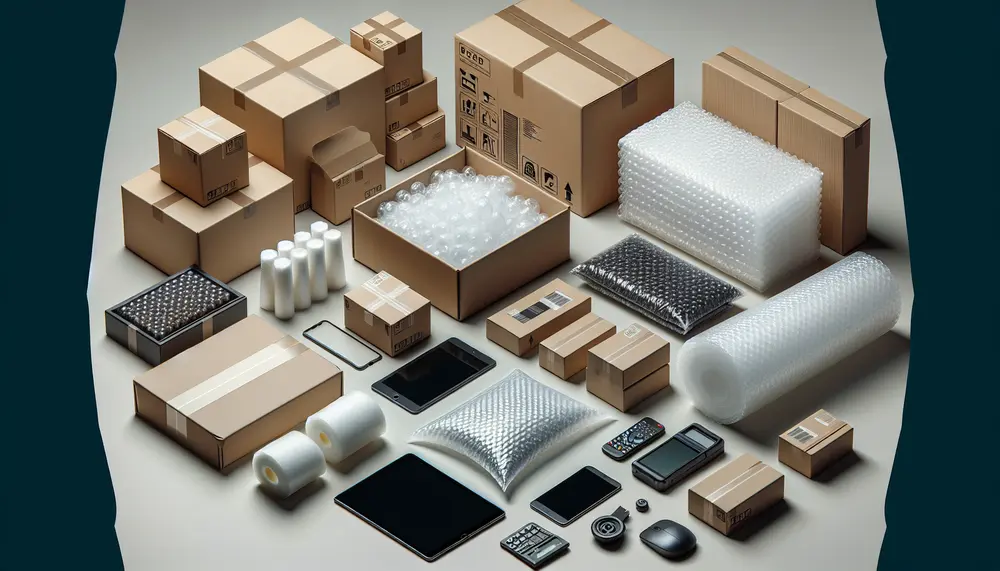
Effective electronic packaging is essential for protecting devices during transport and storage, impacting customer satisfaction and brand reputation. A guide to materials like plastic cushioning, thermoformed plastics, shielding bags, foams, and desiccants helps in selecting the right protection based on...
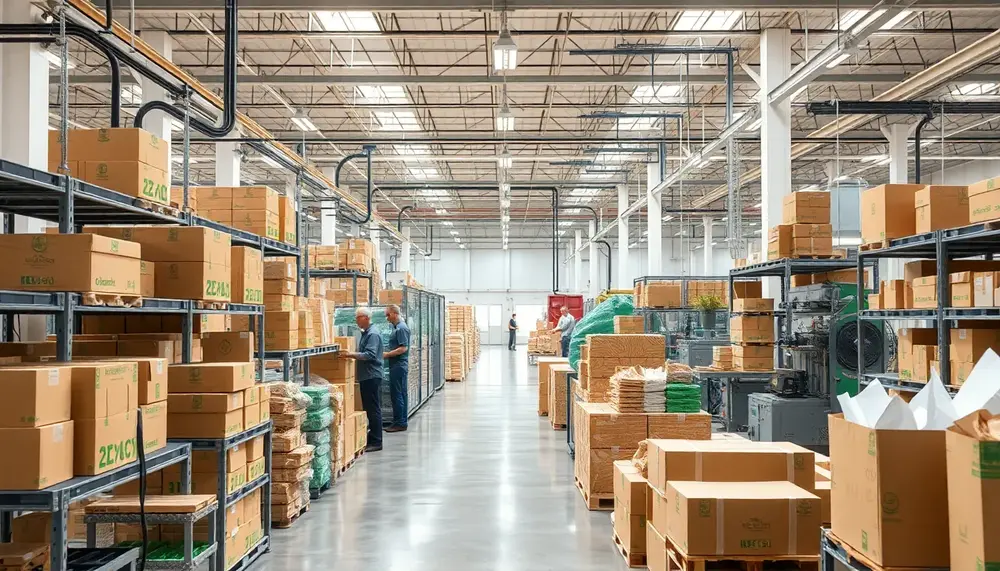
Understanding sustainable packaging is vital for businesses to minimize environmental impact and meet consumer demands, focusing on eco-friendly materials and practices. Key concepts include life cycle assessment, recyclability, and the circular economy, which guide companies in selecting suitable materials while...
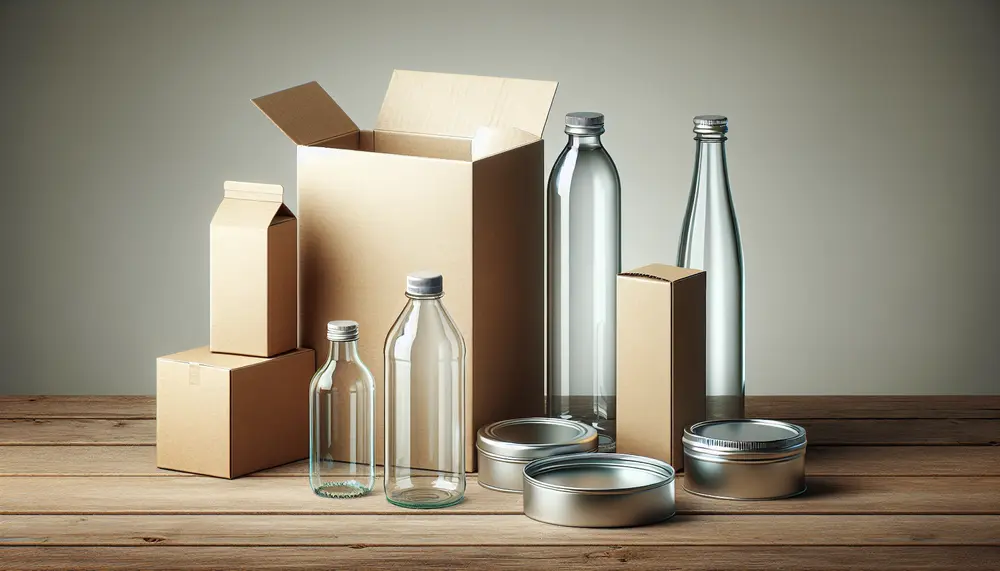
Packaging materials are crucial for product protection, branding, and environmental impact; choosing the right type depends on various factors including the product's nature and consumer trends. Paper-based options like corrugated cardboard and SBS paperboard offer sustainable choices with different balances...
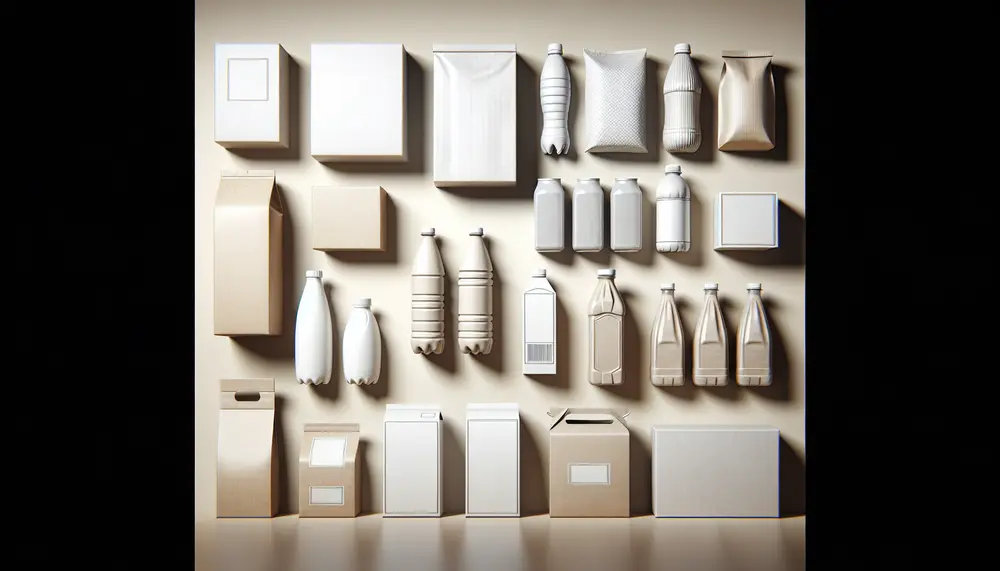
Branding and packaging significantly influence consumer perception by conveying brand values through design elements, creating a memorable experience that can drive purchase decisions. Innovative branding examples from companies like Apple and Nike demonstrate the importance of aligning packaging with brand...
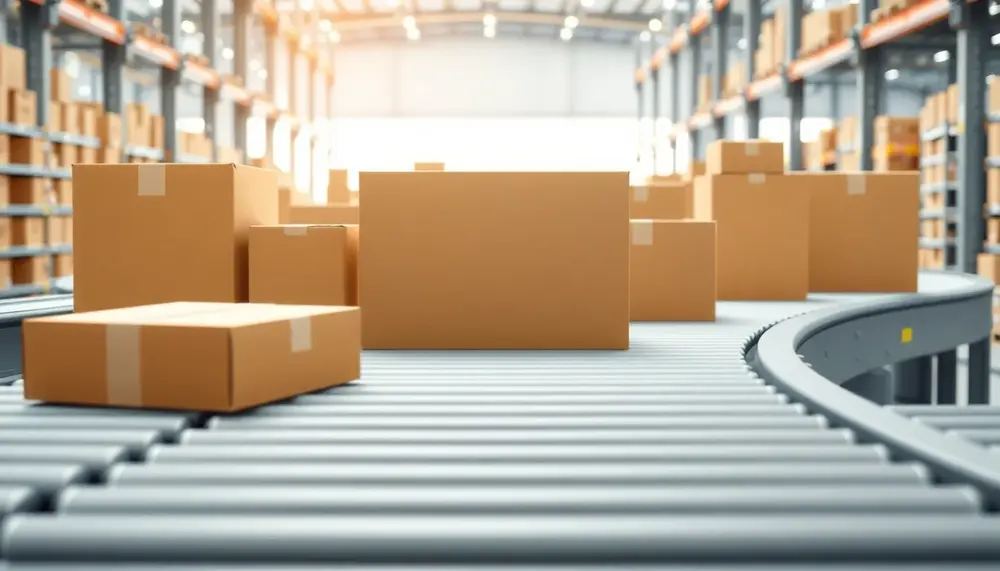
Amazon's packaging evolution reflects its commitment to innovation, sustainability, and customer satisfaction through initiatives like Frustration-Free Packaging, which reduces waste and enhances the unboxing experience. By leveraging eco-friendly materials, AI-driven optimization, and scalable solutions across product categories, Amazon has set...

Paper cutouts are an accessible art form that allows for intricate, creative expression through simple paper cutting techniques. This craft is inexpensive to start and can be meditative, serving various purposes such as decorations or storytelling across different cultures. The practice...

Package design engineering combines elements of engineering, design, and marketing to create packaging that protects products while enhancing their appeal and functionality. Key skills for package design engineers include technical proficiency, problem-solving abilities, attention to detail, creativity, communication skills, and...

Kardus packaging combines creativity and functionality, offering customizable designs that balance aesthetics with practicality while enhancing user experience. Its key strengths include adaptability, eco-friendliness, and structural versatility, though challenges like cost or limited suitability for heavy items may arise....
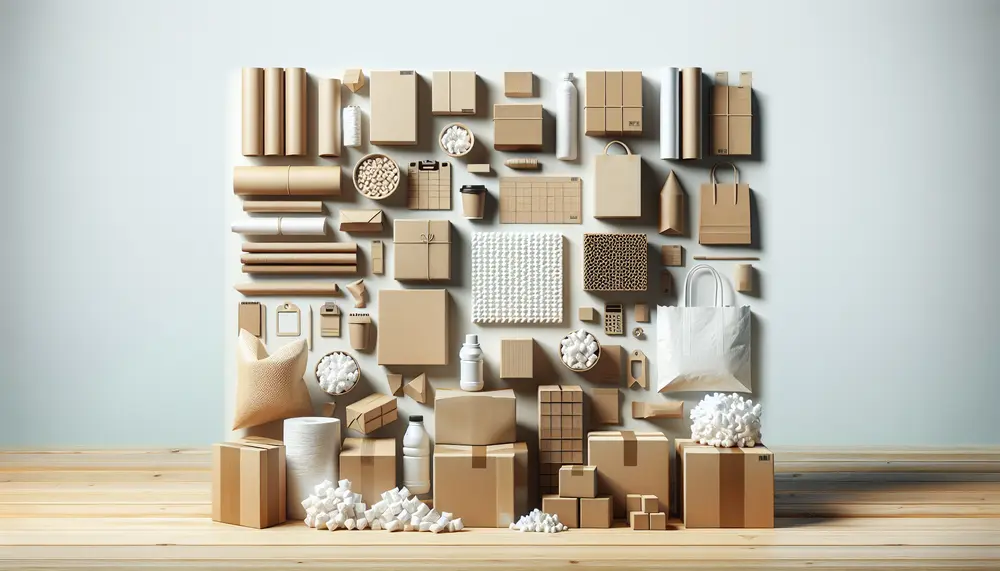
Packaging filler is essential for product protection during shipping, enhancing the unboxing experience and reflecting brand values, with sustainability being a key consideration. Various fillers offer different pros and cons, balancing factors like cushioning effectiveness, cost-efficiency, environmental impact, and suitability...
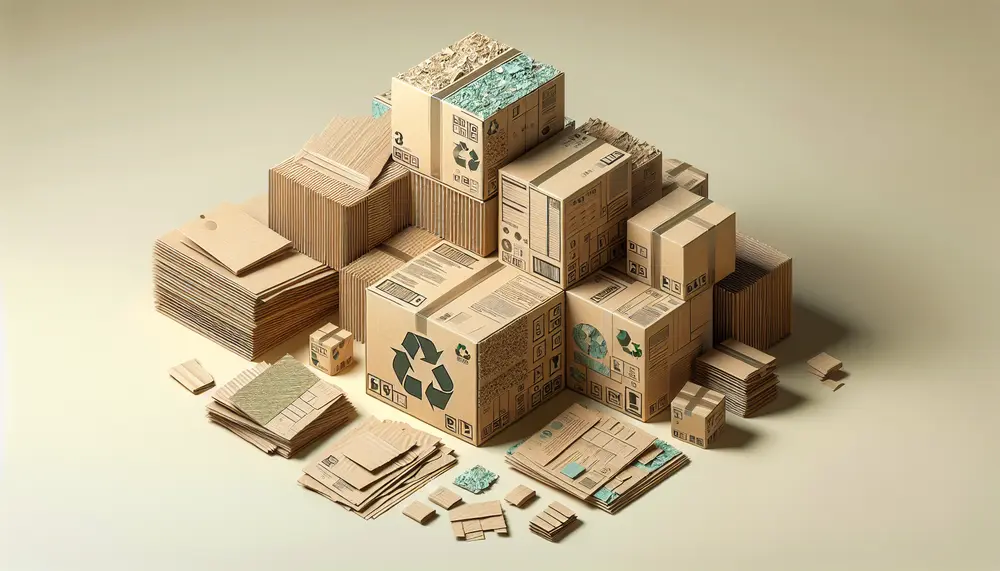
Recycled paper is a sustainable choice that conserves resources, reduces energy use, and minimizes landfill waste, supporting environmental conservation. It offers significant benefits including less water consumption, lower greenhouse gas emissions, and reduced reliance on fossil fuels compared to virgin...

Understanding packaging box materials is crucial for product presentation, protection, and environmental impact. Material choice affects cost, durability, and sustainability; factors like strength and recyclability must be considered. Paper-based boxes are versatile and range from cardboard to corrugated options with varying...
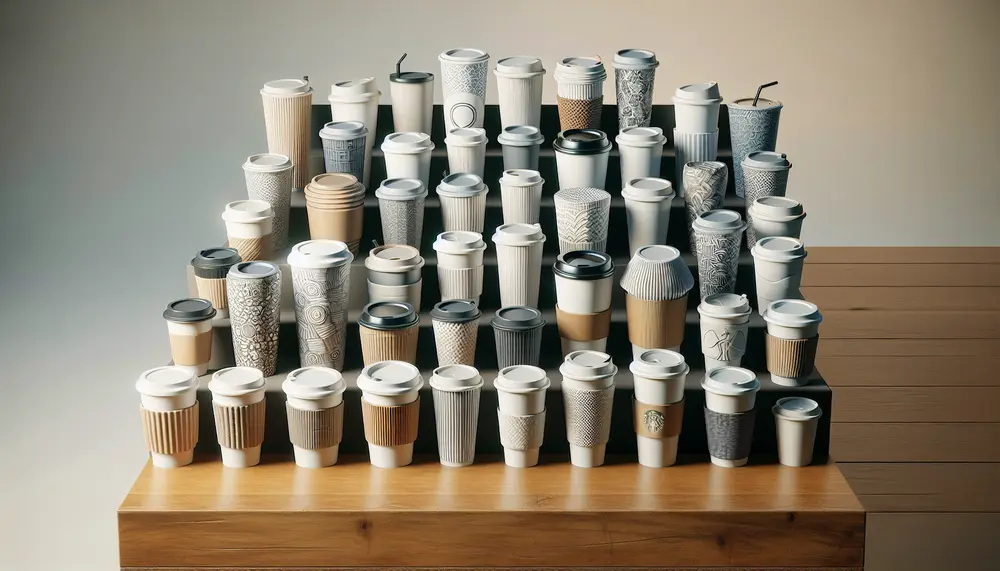
Modern coffee cups have evolved into a blend of design, utility, and culture with innovative materials for enhanced user experience and environmental consciousness. The market now emphasizes customization, style, and functionality as lifestyle accessories. Advancements in modern coffee cup designs integrate...

Pharmaceutical packaging design companies play a crucial role in ensuring medication safety, compliance with regulatory standards, and enhancing user experience while incorporating sustainable practices. Key industry players like Amcor, Gerresheimer, West Pharmaceutical Services, SGD Pharma, and Becton Dickinson drive innovation...
